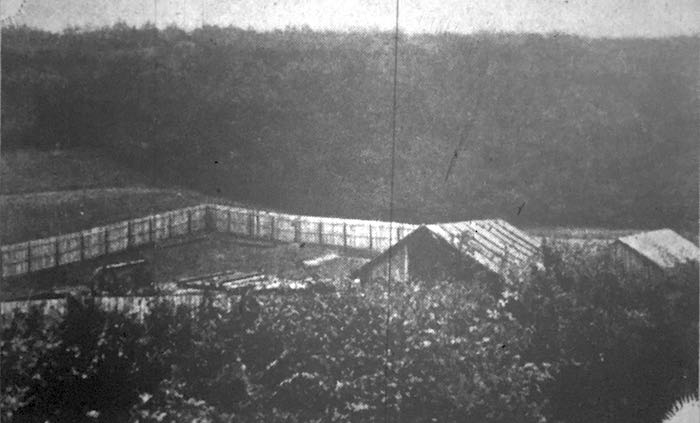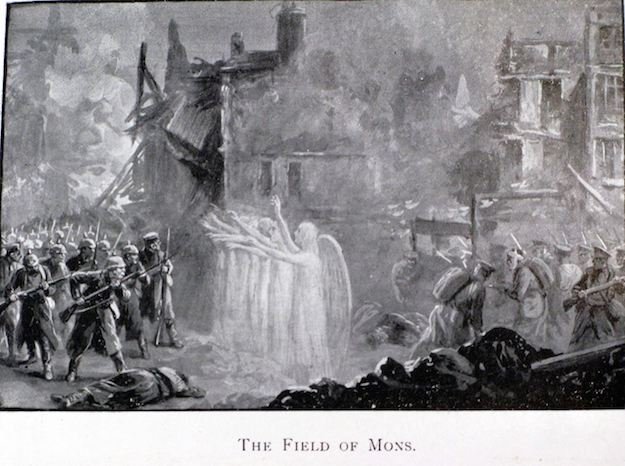Secret Zeppelin bases in Britain — IV
Yesterday was the last research day proper of my big trip. Actually, I was supposed to be having a holiday, but instead I spent it in Aylesbury at the Centre for Buckinghamshire Studies, trying to see if I could get to the bottom of the Great Missenden affair of 18 October 1914, when villagers decided […]




